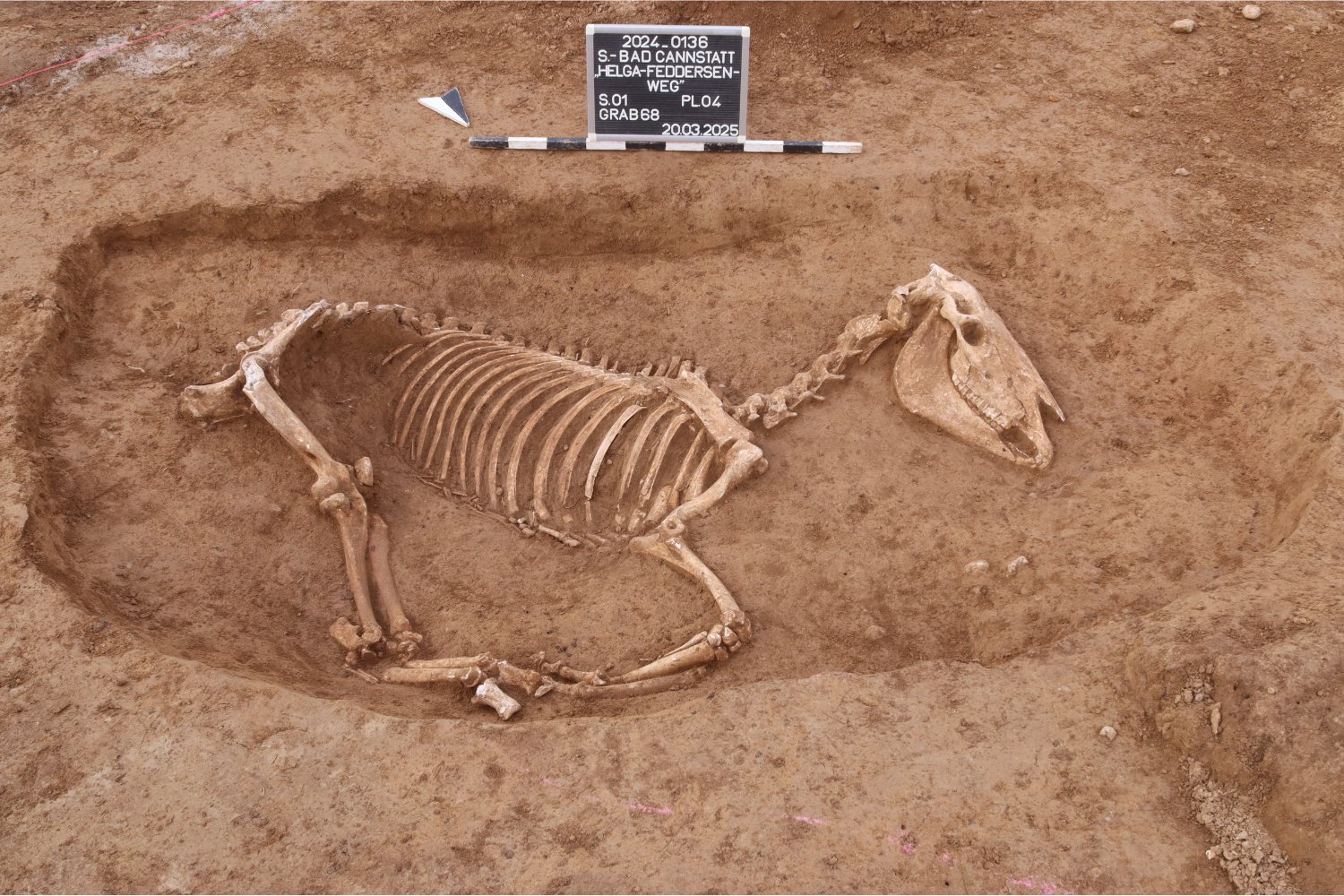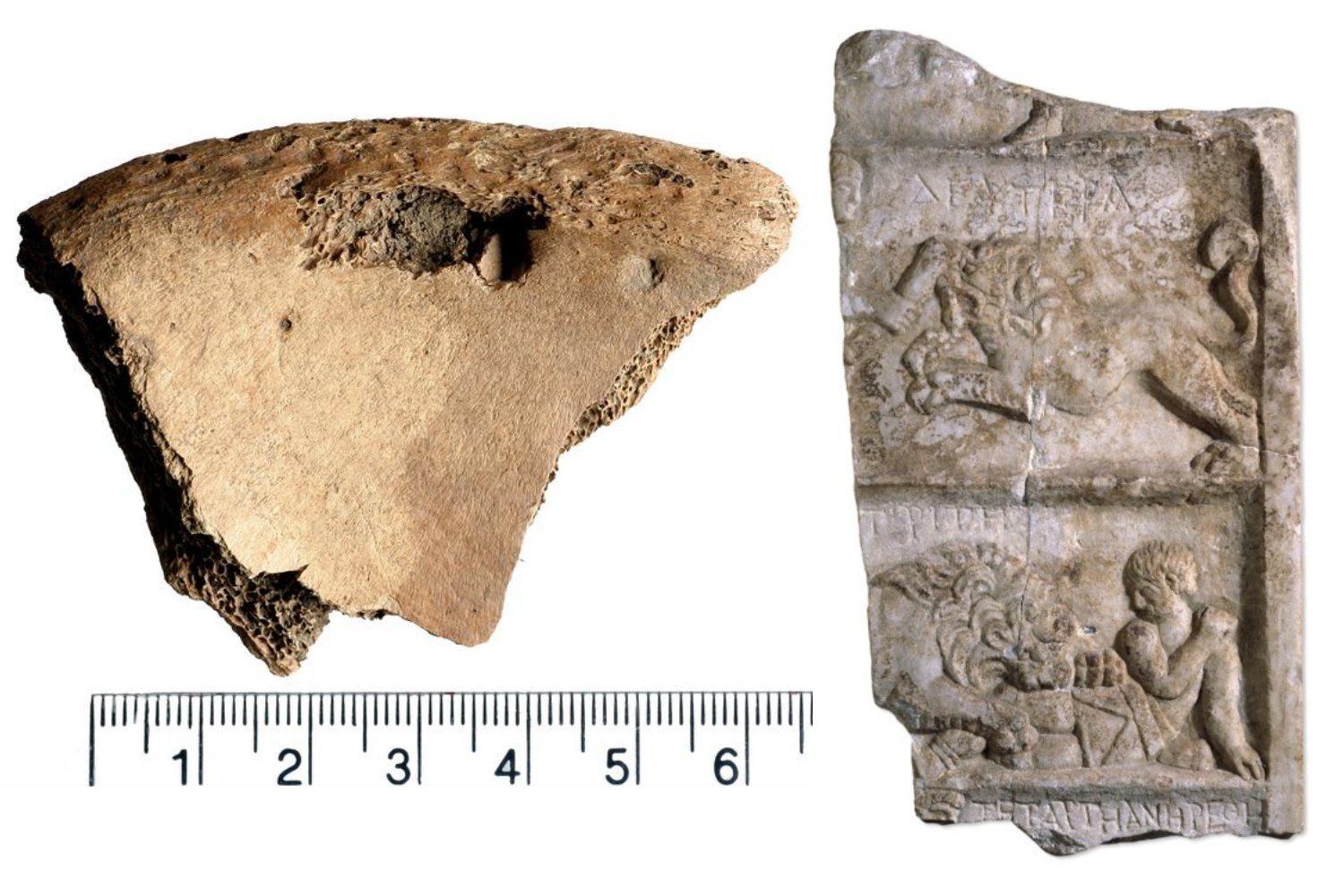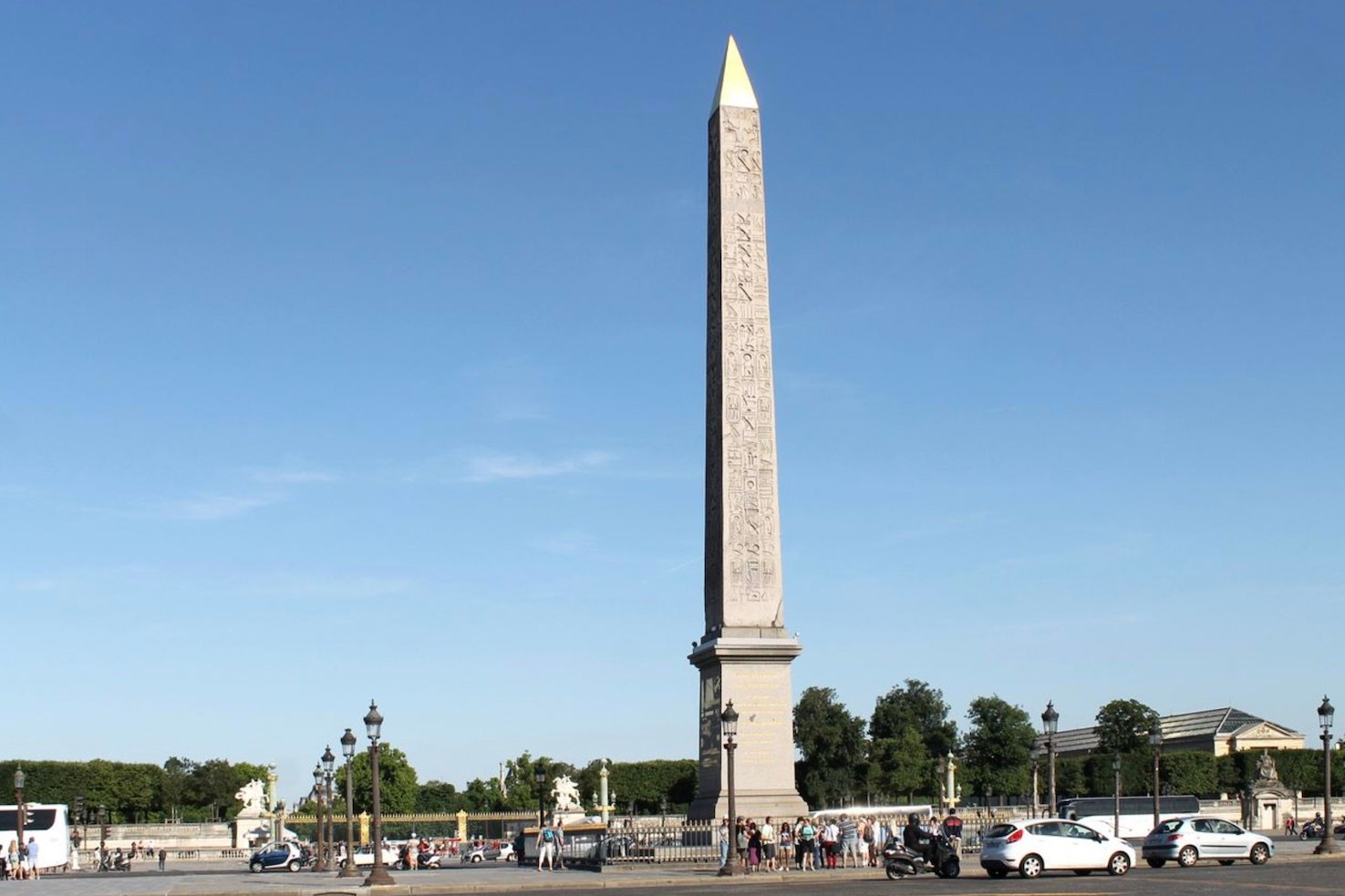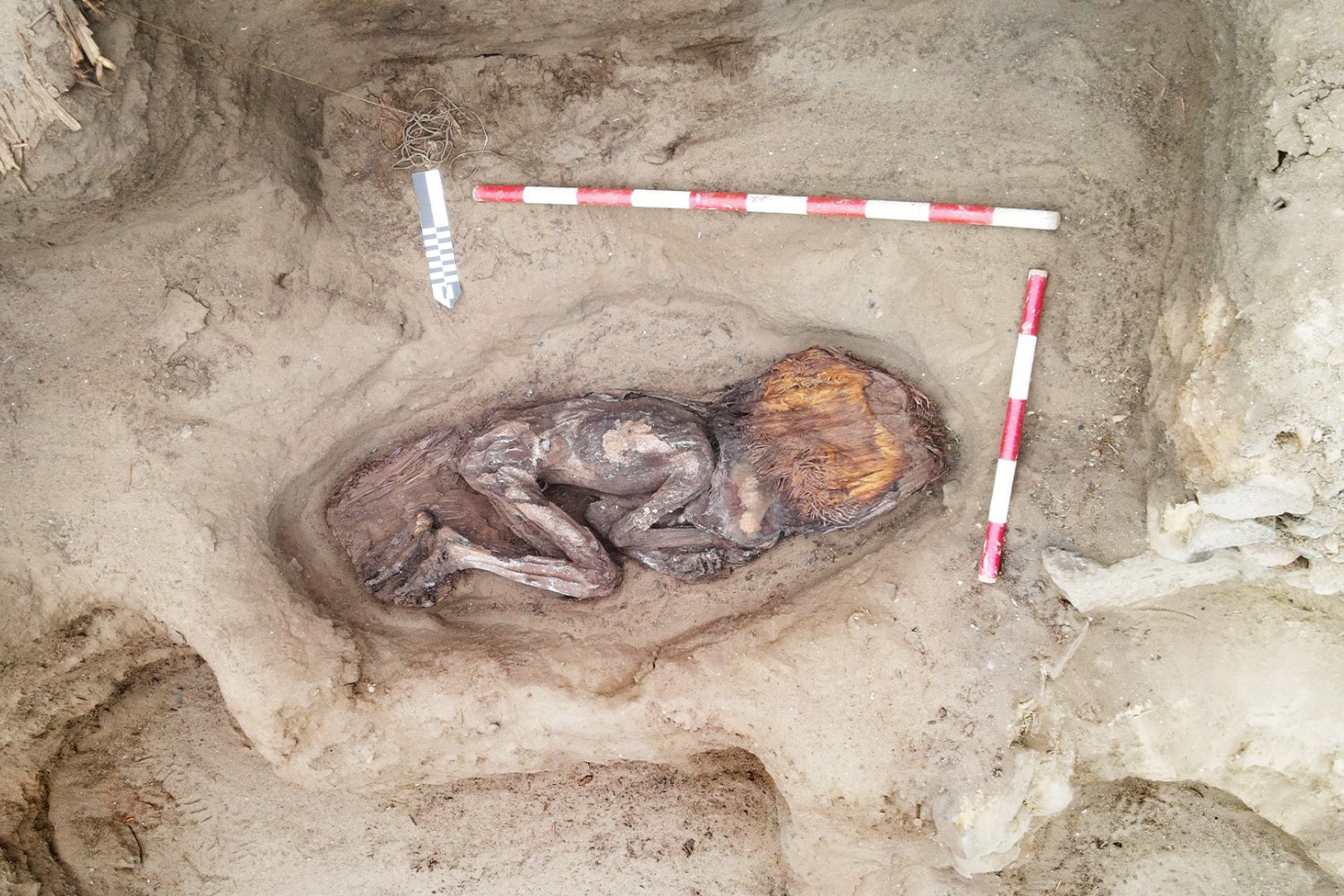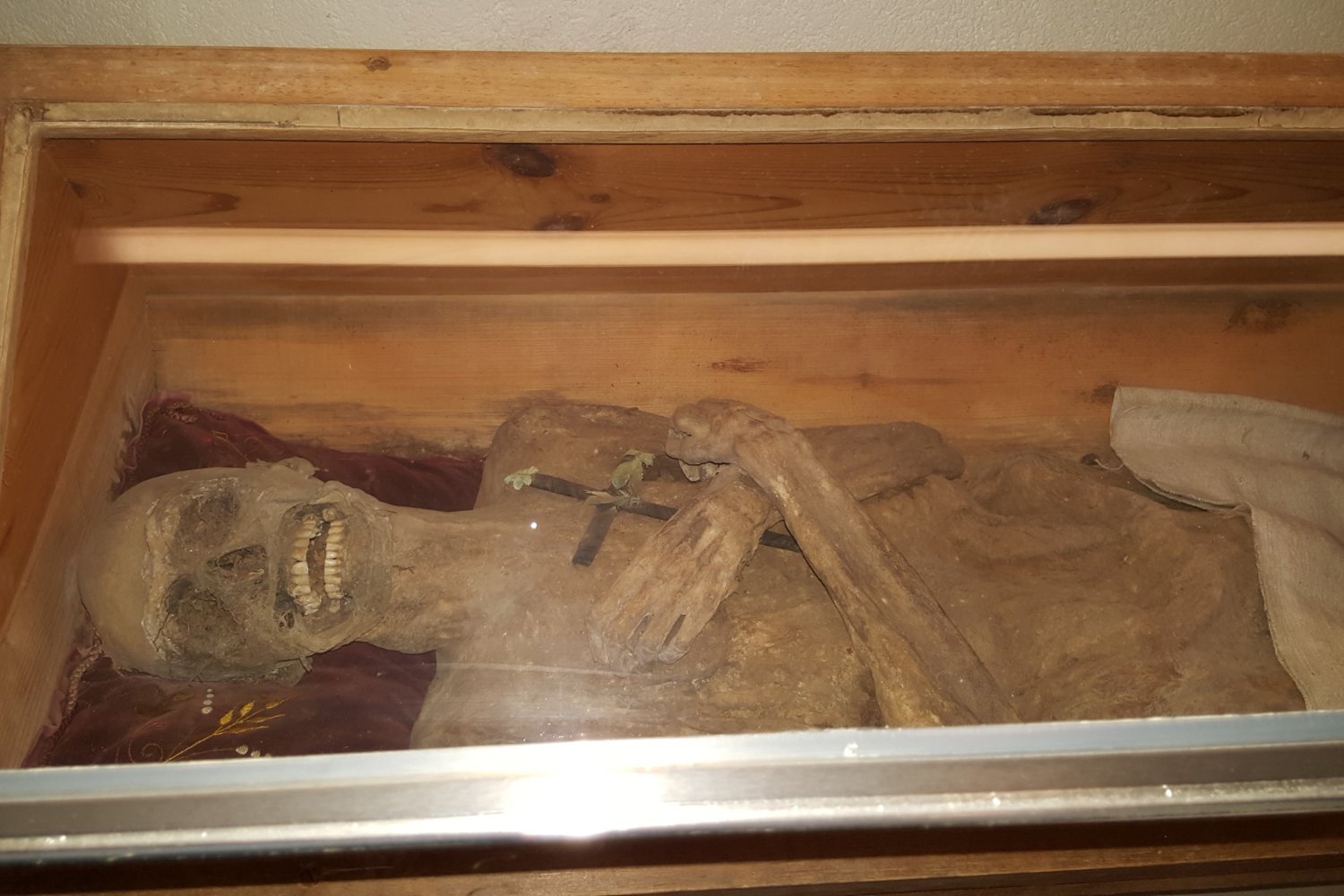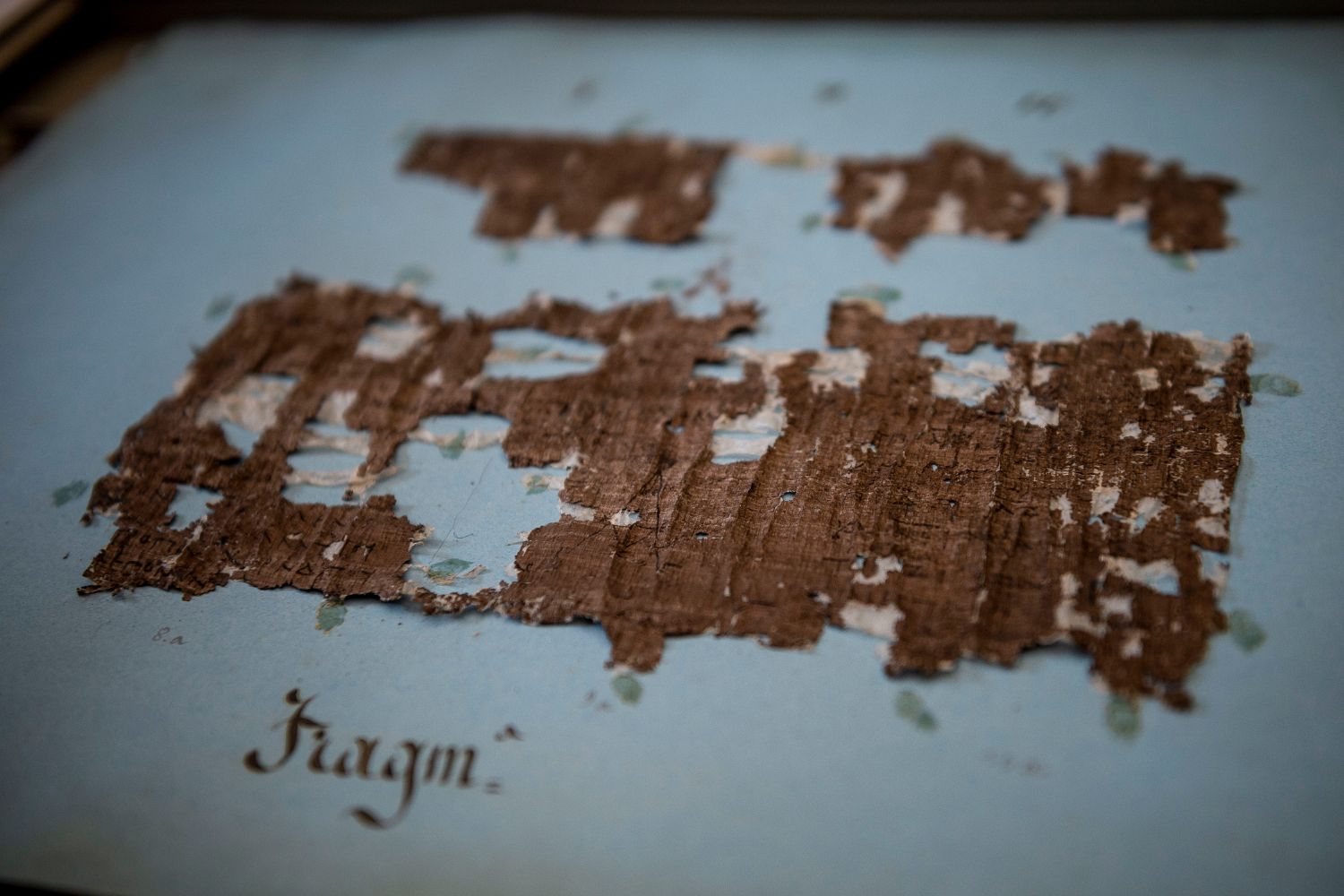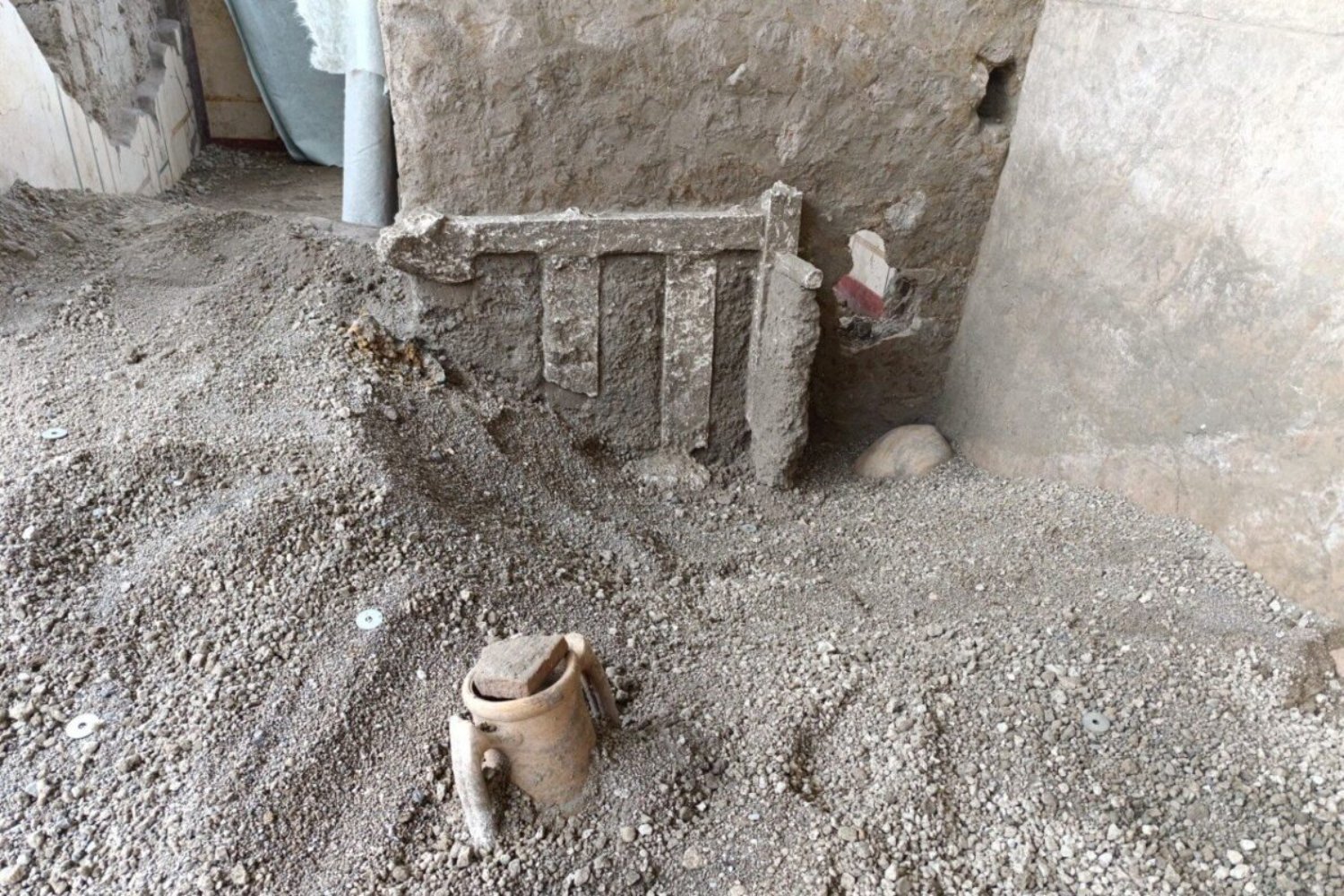The Roman Empire, a civilization built on military prowess, relied heavily on its cavalry. A recent archaeological discovery in Stuttgart, Germany, provides a fascinating glimpse into the lives of these ancient warhorses and the deep connection between riders and their mounts. The excavation of a Roman horse cemetery containing approximately 100 horse skeletons offers valuable insights into the practices and sentiments surrounding these essential animals in the 2nd century CE.
The discovery was made in July 2024 during a construction project in Stuttgart’s Bad Cannstatt borough. The State Office for the Preservation of Historical Monuments oversaw the subsequent excavation, which revealed the skeletons dated back to the Roman era. Bad Cannstatt served as a significant Roman military site during the first half of the second century AD, and the unearthed cemetery likely belonged to a Roman cavalry unit stationed there. This finding confirms a theory first proposed in the 1920s when earlier construction in the area uncovered similar remains, suggesting the existence of a dedicated horse burial ground.
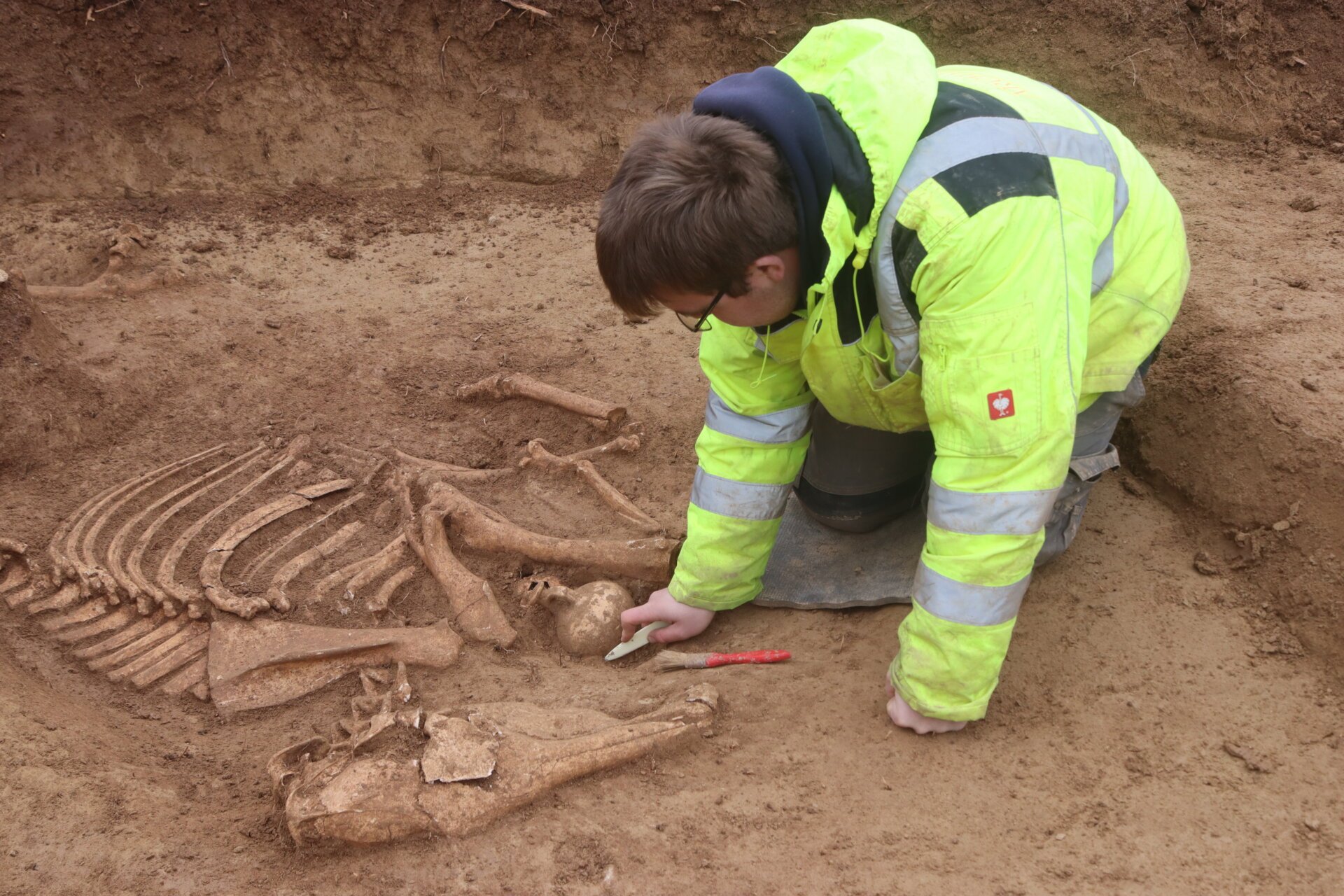 Horse skeletons unearthed in StuttgartSkeletal remains of horses at the Roman cemetery. © State Office for Monument Preservation in the Stuttgart Regional Council/ArchaeoBW
Horse skeletons unearthed in StuttgartSkeletal remains of horses at the Roman cemetery. © State Office for Monument Preservation in the Stuttgart Regional Council/ArchaeoBW
According to archaeologist Sarah Roth from the State Office for Monument Preservation, the horses likely belonged to the “Ala,” a cavalry unit stationed in the nearby Hallschlag neighborhood between 100 and 150 AD. This unit, comprising nearly 500 riders, would have required at least 700 horses, with regular replacements necessary due to losses.
The horses were buried individually in shallow pits, carefully spaced to avoid overlap, suggesting each burial site was marked. This organized approach indicates a degree of respect for the animals, even in death. Roth explains that the horses didn’t appear to have perished simultaneously due to a single catastrophic event like a battle or epidemic. Instead, the burials represent animals that died from various causes, including illness, injury, or age, during the Ala’s presence in Bad Cannstatt. If a horse was still mobile, it would be led to the cemetery and euthanized to avoid transporting the heavy carcass.
 Archaeologist examining horse remainsAn archaeologist examines the horse remains at the site. © State Office for Monument Preservation in the Stuttgart Regional Council/ArchaeoBW
Archaeologist examining horse remainsAn archaeologist examines the horse remains at the site. © State Office for Monument Preservation in the Stuttgart Regional Council/ArchaeoBW
While most burials were pragmatic disposals, one particular discovery highlighted the emotional bond between a rider and his horse. One horse was found buried with two jugs and a small oil lamp—grave goods typically associated with human burials. This unique burial suggests a deep personal connection and grief over the animal’s loss, a sentiment that resonates even after 1,800 years. In stark contrast, the remains of an adult man, devoid of any grave goods, were also found amongst the horses, illustrating the societal hierarchy and differing levels of respect afforded to individuals within Roman society.
Although the recent excavation has concluded, the entire cemetery is likely much larger. Further archaeozoological analysis is planned to determine the horses’ sexes, ages, sizes, potential diseases, and causes of death. This research will offer a more detailed understanding of the Roman army’s use of horses and their role in the empire’s expansion. The discovery holds particular significance for Stuttgart, whose name, derived from “Stuotgarten,” translates to “a garden for the horses,” further cementing the city’s historical ties to these magnificent animals.
This discovery not only provides valuable insights into the Roman military’s logistical operations but also offers a poignant reminder of the enduring bond between humans and animals, a connection that transcends time and culture. The meticulous burial practices and the inclusion of grave goods in at least one instance reveal a depth of emotion and respect for these animals that echoes through the centuries. The Roman horse cemetery in Bad Cannstatt offers a unique window into the past, allowing us to connect with the lives and losses of an ancient civilization.



